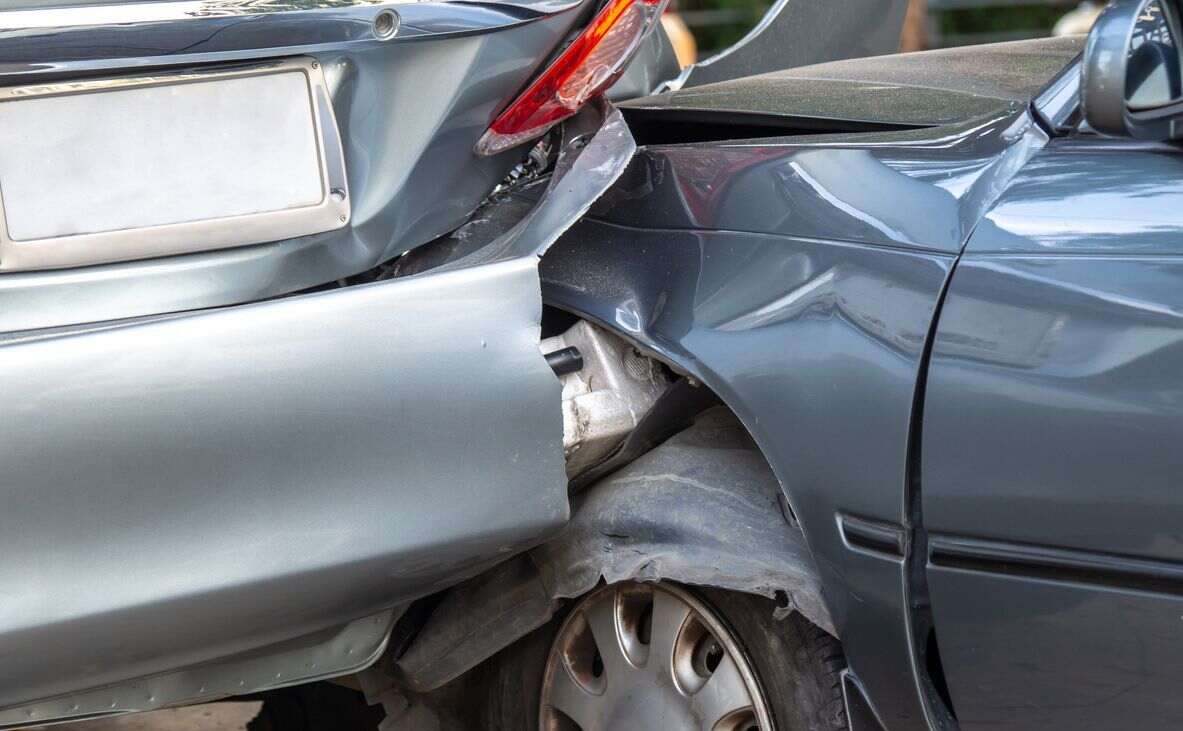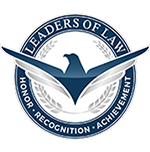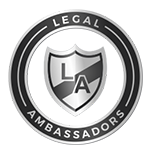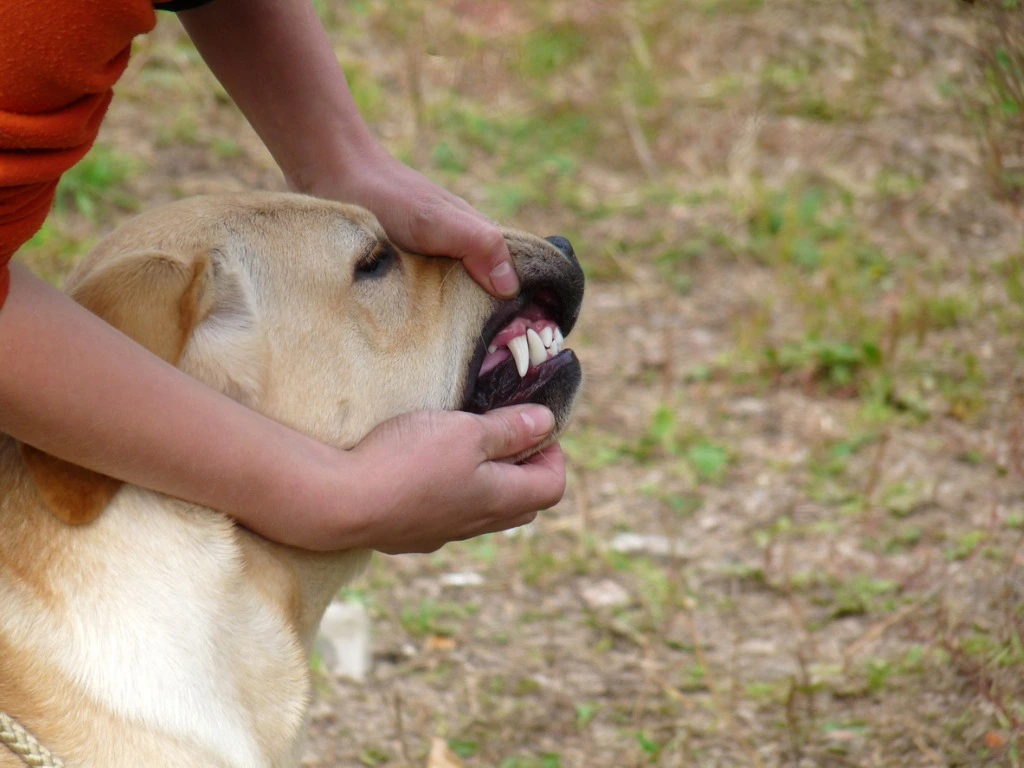Rear-end collisions are among California’s most common types of motor vehicle incidents. While they are often assumed to be the fault of the trailing driver, the truth is more nuanced, especially when injuries are involved.
At National Injury Help, our San Diego personal injury lawyers understand that California law recognizes that each crash is unique, and determining fault in a rear-end collision can be far more complex than it seems. Here’s why.

Why Rear-End Collisions Are Often Assumed to Be Clear-Cut
In many cases, a rear-end collision occurs because the driver in the back was following too closely or failed to stop in time. Under California Vehicle Code § 21703, drivers are required to maintain a safe following distance. When this law is violated and a collision results, the trailing driver is typically presumed to be at fault.
However, that presumption is not absolute. The law also considers the actions—or inaction—of the lead driver and other contributing factors.
When the Lead Driver May Be at Fault
In several situations, the front driver may be found partially or fully at fault for a rear-end collision.
They include:
- Sudden and unnecessary braking with no hazard ahead.
- Reversing unexpectedly into the vehicle behind.
- Driving with malfunctioning brake lights, giving no warning of a stop.
- Cutting off another driver without providing enough space to react.
- Road rage or brake-checking behavior, often tied to aggressive driving.
In these scenarios, fault may shift away from the trailing driver or be shared between both parties.
California’s Comparative Negligence Rule
California follows a pure comparative negligence system. This means that even if the injured party is partially at fault, they can still recover compensation, just reduced by their percentage of responsibility.
For example, if the rear driver was texting and didn’t see the car ahead stop suddenly without cause, a court may assign 60% of the blame to the rear driver and 40% to the front driver. In that case, the injured party’s compensation would be reduced accordingly.
This system makes collecting and presenting clear evidence critical to the outcome of your case.
Evidence That Can Help Clarify Fault in a California Rear-End Crash
Documenting the scene can be vital if you’re involved in a rear-end collision.
Important evidence includes:
- Photos of vehicle positions, damage, and road conditions.
- Dashcam footage (if available).
- Witness statements.
- Police reports detailing the scene and any citations issued.
- Vehicle data, such as braking distance or speed.
- Traffic or surveillance video from nearby buildings or intersections.
The sooner you secure this evidence, the stronger your case will be, especially when fault is disputed.
What National Injury Help Can Do for You
At National Injury Help, our San Diego County Rear-end collision injury lawyers understand that rear-end collisions aren’t always open-and-shut cases. We investigate thoroughly, work with accident reconstruction experts when needed, and build a case that reflects the actual circumstances, not assumptions.
Contact our team today if you were injured in a rear-end crash and aren’t sure who was at fault. We’ll assess your case, explain your legal options, and fight to pursue the compensation you deserve.
Note: The information provided in this article is based on reports from publicly available sources, including news outlets, police reports, and eyewitness accounts. National Injury Help has not independently verified all details of the reported incident. If you find any inaccurate or outdated information, please contact us, and we will review and update the content as appropriate. The photo used in this post is for illustrative purposes only and does not depict the actual scene of the incident.
Disclaimer: The content of this article is intended for informational purposes only and does not constitute legal advice or establish an attorney-client relationship with National Injury Help. For legal assistance specific to your case, we encourage you to contact a qualified attorney.
Free Case Evaluation
Contact Us today for a FREE, Immediate Case Evaluation
Contact Us today for a FREE, Immediate Case Evaluation
Categories
Recent posts
- Tucson, AZ – Pedestrian Injured in Motorcycle Crash at 6th Ave & 4th St
- Tucson, AZ – Female Driver Injured in Two-Vehicle Crash on N La Cañada Dr
- Tucson, AZ – Injury Accident at Warren Ave & 6th St
- Tucson, AZ – Peatón herido en choque con motocicleta en 6th Ave y 4th St
- Tucson, AZ – Conductora herida en choque entre dos vehículos en N La Cañada Dr





